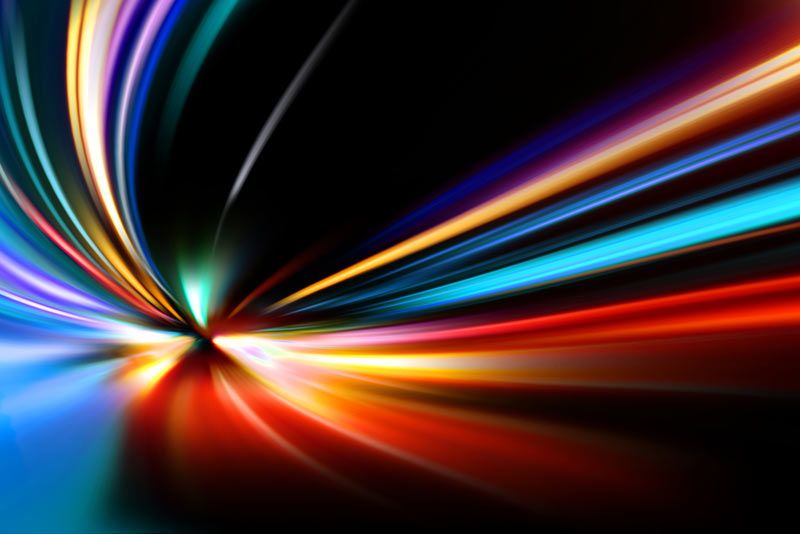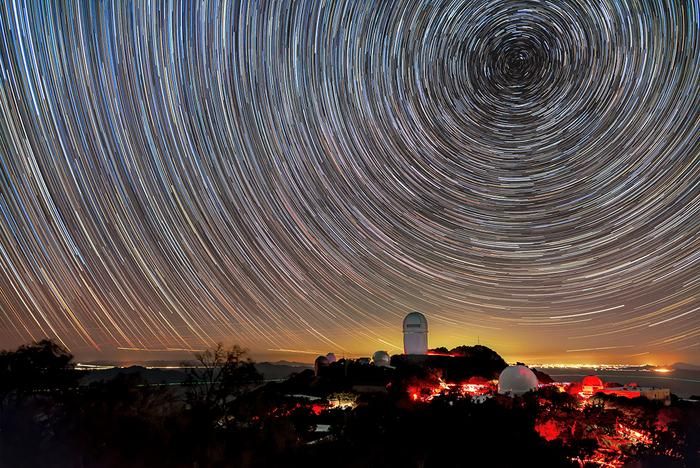Einstein's Cosmic Speed Limit Still Reigns, for Now

The speed of light is considered to be the ultimate cosmic speed limit, thanks to Einstein's special theory of relativity. But physicists aren't content to assume this limit without testing it.
That's where a new experiment with electrons comes in. Physicists measured the energy required to change the speed of electrons as they hopped from one orbital to another inside atoms of dysprosium, all while Earth rotated over a 12-hour period. This allowed the scientists to measure that the maximum speed of an electron, which, according to special relativity should be the speed of light, is the same in all directions to within 17 nanometers per second. This measurement was 10 times more precise than previous tests of electrons' maximum speed.
So far, Einstein still comes out on top, and the theory holds. But the researchers hope to follow up the experiment with a more precise trial that might prove capable of poking holes in special relativity. That could actually be a good thing, scientists say, at least in terms of the advancement of physics. [10 Implications of Faster-Than-Light Travel]
"As a physicist, I want to know how the world works, and right now our best models of how the world works — the Standard Model of particle physics and Einstein's theory of general relativity — don't fit together at high energies," physicist Michael Hohensee of the University of California, Berkeley, said in a statement. "By finding points of breakage in the models, we can start to improve these theories."
The next iteration of the experiment should be up to a thousand times more sensitive, which may prove powerful enough to finally discover deviations from the predictions of special relativity, potentially pointing the way toward a more sophisticated theory that can resolve some of the current mysteries of physics.
"This technique will open the door to studying a whole other set of parameters that could be even more interesting and important," Dmitry Budker, another physicist at the University of California, Berkeley, said in a statement.
While similar questions about the speed of light could be investigated by high-powered experiments like the huge atom smasher in Switzerland, the Large Hadron Collider (LHC), the electron experiment here was relatively simple and inexpensive.
Sign up for the Live Science daily newsletter now
Get the world’s most fascinating discoveries delivered straight to your inbox.
"You can try to probe these theories using big accelerators, but you would need to produce electrons with seven times the energy of the protons at the LHC," Hohensee said. "Or you can look at high-energy phenomena in distant stars or black holes, but those are not in the lab and not fully understood. Instead, we can look for evidence that the standard model or general relativity break at low-energy scales in small ways in a tabletop experiment."
The research will be published in an upcoming issue of the journal Physical Review Letters.
Follow Clara Moskowitz on Twitterand Google+. Follow us @livescience, Facebook & Google+. Original article on LiveScience.com.













